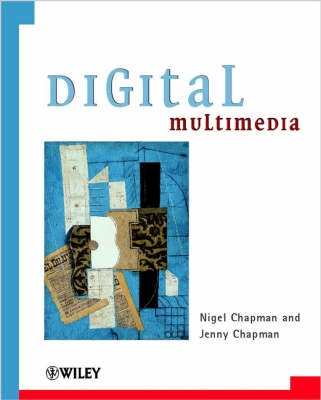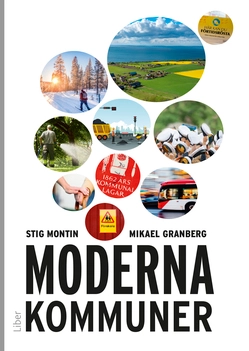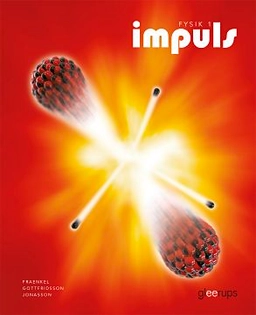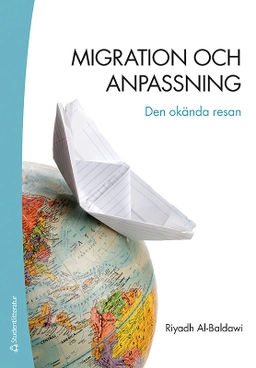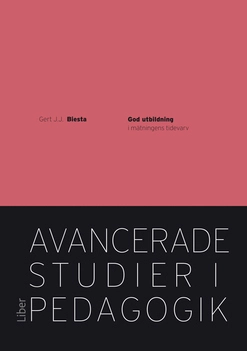A major new textbook "Digital Multimedia" by Nigel and Jenny Chapman provides a fresh contemporary definition of the emergent discipline of multimedia. It is designed to support instructors by providing a rigorous introduction to the technical scope of this subject. With a coherent approach to its multifarious nature, the book covers all of the essential technical ground, with full awareness of the design, cultural and usability
aspects of multimedia. This book will inspire students to develop the potential of multimedia for new forms of expression that are enabled by computers and networks.
Concepts Covered:
Descriptions of the characteristics of individual media provide the essential starting points for understanding how to combine them. Graphics, text and time-based media are introduced in the context of their digital representation and manipulation. The combination of media within the different frameworks of hypermedia and time-based authoring is described. Interactivity through scripting, and the communications
technology that supports distributed multimedia are expolored in detail. Hardware, software and networking capabilities are thoroughly detailed with the backup of motivating and illuminating examples. All this and still the excitement of creating multimedia is conveyed, making this as rich and rewarding a book as the subject itself.
Support for Practice through Principles and Theory:
"Digital Multimedia" makes reference to the common tools and applications used for production and manipulation of media, but a companion text in development, "Digital Media Tools", due in Spring 2001, addresses the effective use of these packages in more detail.
Åtkomstkoder och digitalt tilläggsmaterial garanteras inte med begagnade böcker
